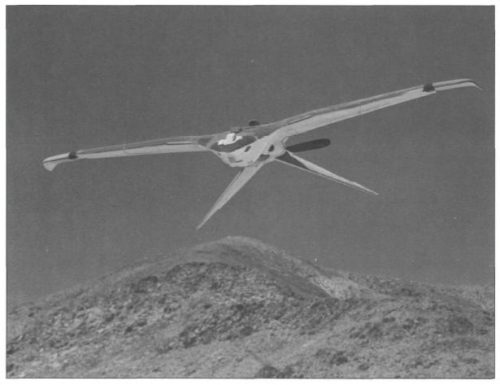The U.S. Central Intelligence Agency (CIA) has declassified its Project Aquiline on Jul. 30. The secretive program from the late 1960s was to build a bird-like unmanned air vehicle that can collect photographic and electronic intelligence plus emplacing sensors in denied environments.

Photo: CIA
Prime contractor was McDonnell Douglas and the vehicle’s dimensions are 5ft length with a wing span of 7.5ft. Powered by a silent engine with 3 1/3 horsepower, the mechanical bird has an endurance of at least 50 hours and a range of 1200 miles. It was proposed in the research study to add a radioisotope engine for it to stay airborne for up to 30 days or 36 000 miles range.
It will be guided by a TV camera in the nose and the data will be relayed to a U-2R flying overhead as a relay, eventually it will communicate via satellite to achieve maximum flight ranges from the ground control station. There was also a mention on using CHECKROTE, a over-the-horizon radar that was developed to detect missile launches in China, as a relay platform.
The program’s early concept was to allow the CIA to place “black box” sensors inside Soviet Union, China and Cuba. These large boxes are dropped from high altitude and speed near missile test sites and nuclear test facilities to collect intelligence. The goal of Aquiline was to allow those sensor boxes to be shrunk into small sizes to avoid detection. The research study had stated that the Chinese nuclear test site at Lop Nor, the missile launch range at Shuangchengzhi and Soviet Union’s Sary Shagan anti-missile facilities were prime targets of interest. So much so that the CIA considered using Aquiline on one-way missions to drop packages at those locations.
One of those missions to drop sensor pods at Lop Nor by a Taiwanese C-130 crew was covered in a previous article.
For more information, hit the Source below